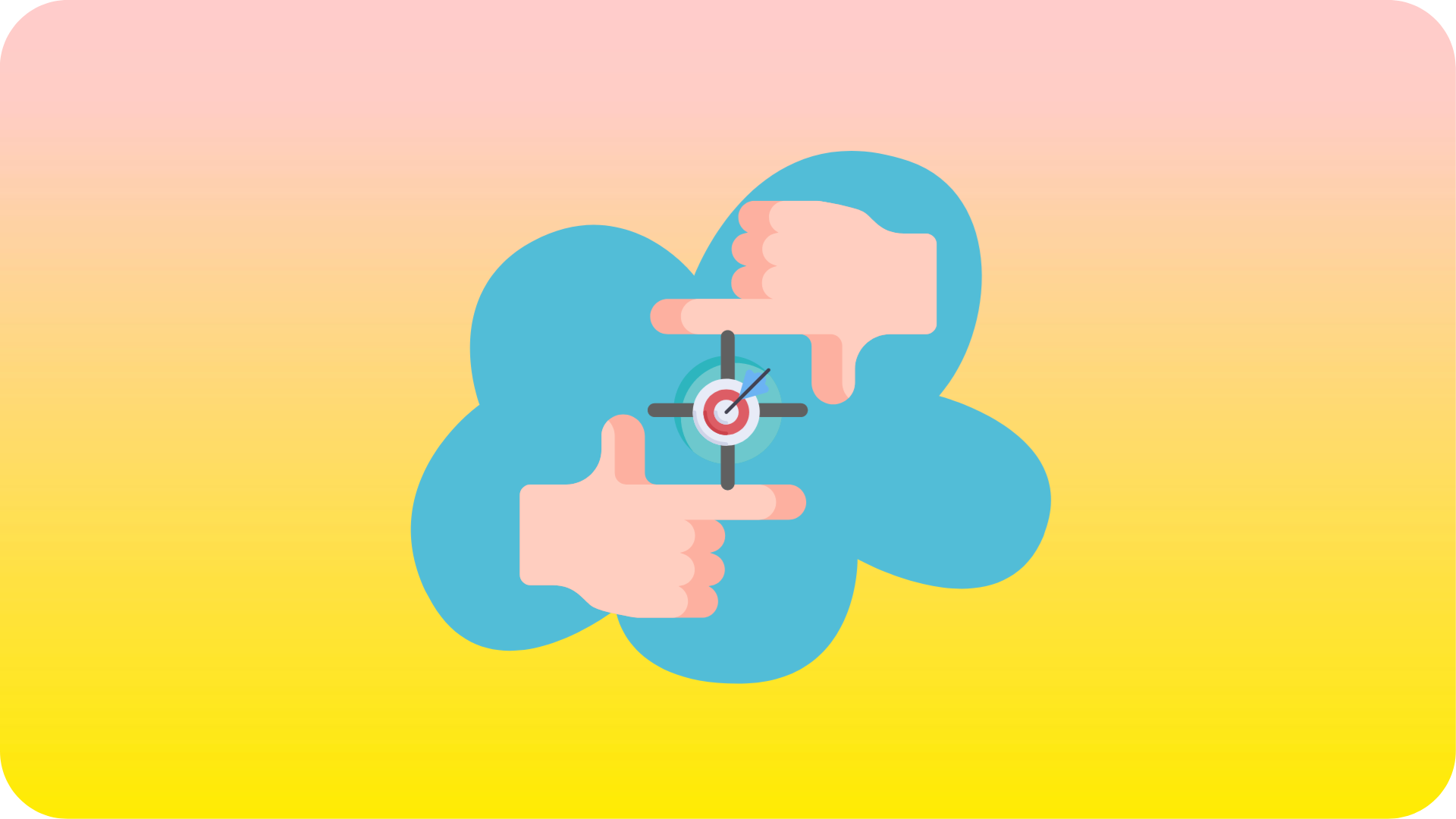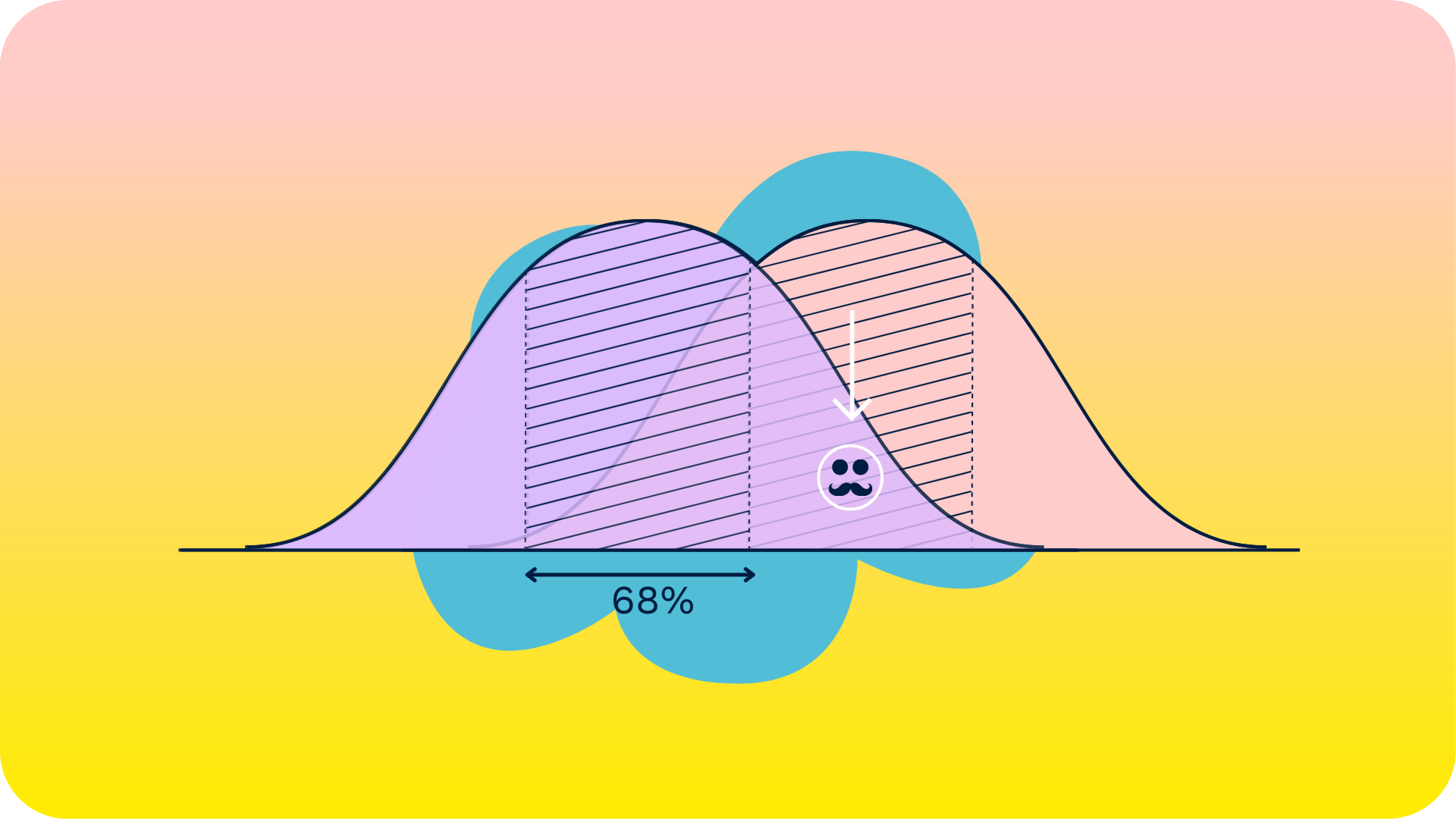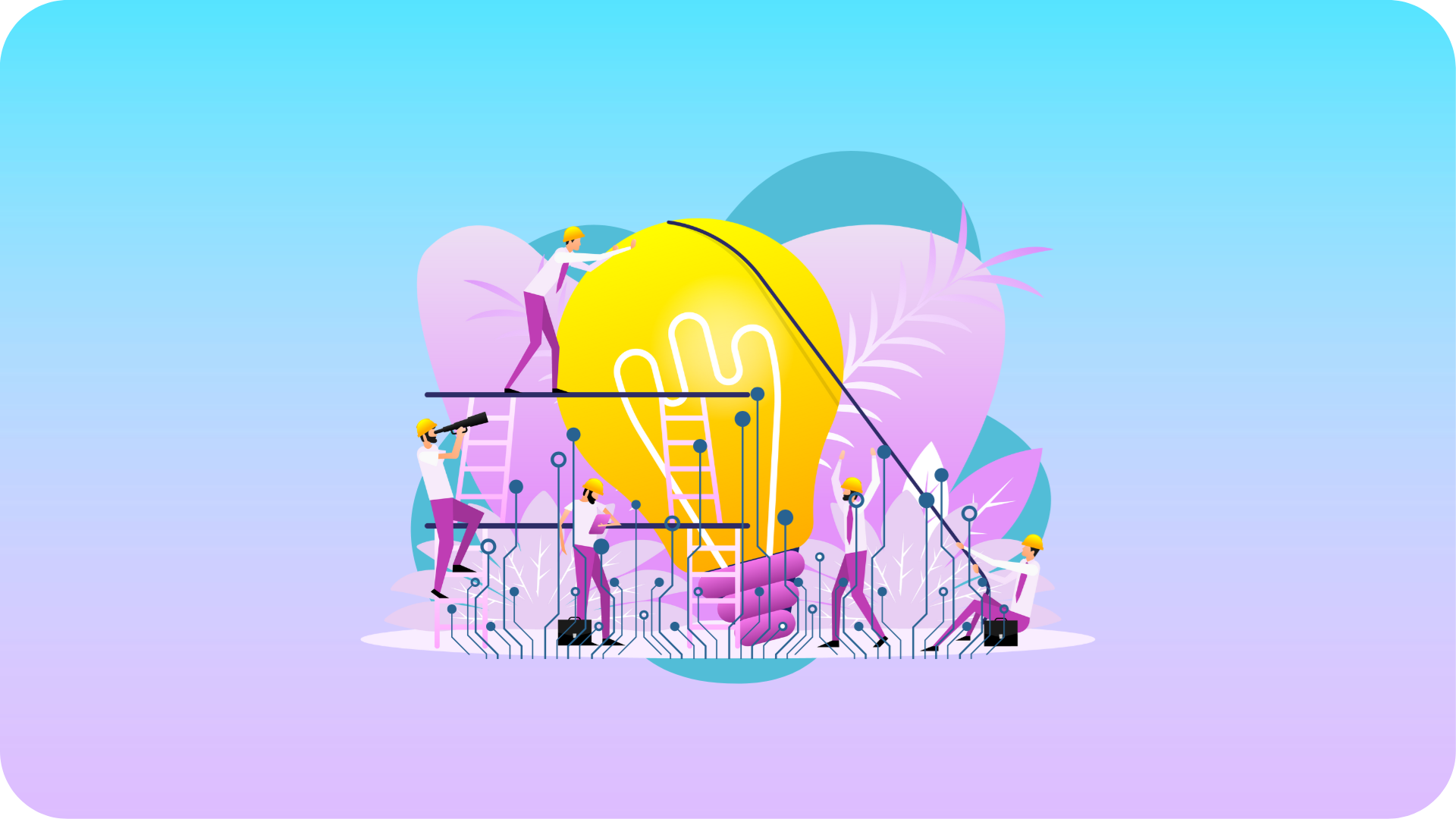Stories to create urgency for better futures
Urgency. It’s a fascinating instinct, a feeling, which has helped us humans greatly in the past, but which in our modern world sometimes prevents us from doing crucial things. Dwight D. Eisenhower said it nicely; “The urgent are not important, and the important are never urgent”. We tend to find many things urgent and struggle to identify what’s really urgent. The same counts for organizations. In the modern world, organizations need to adapt to a changing world, it needs to think about new innovations, and perhaps a new strategy as well. And again, that’s of course all really urgent. But what exactly is urgency? What happens if we find things urgent? And how can we use the sense of urgency on an organizational level to drive change? Discover how to use stories to create urgency for better futures!
Urgency is a human instinct
In his book Factfulness, Hans Rosling talks about the urgency-instinct. It is a deeply human instruction, with a purpose: to survive. Back in the day, that came in pretty handy. As hunters and gatherers, we were roaming the face of the earth and might be surprised by a wild lion. In that case, you need to feel the urgency to act! Run! It’s not really helpful to start analyzing the situation, because before you know it it’s too late — you die. In other words, urgency puts us humans in immediate action modus.
But, we don’t live in that world anymore. There are no — or at least almost no — imminent life and death dangers that require immediate action. The challenges in today’s world are far more complex and, contrary to immediate action, they require careful analytical thinking in order to come up with solutions.
Urgency gone rogue
Knowing what urgency is and where it came from, it’s worthy to distinguish two types of urgencies in organizations described by John P. Kotter: Anxiety-driven urgency and opportunity-driven urgency.
“‘We need to do something now! Otherwise, we will become the new Kodak’”
Anxiety-driven urgency is the urgency of getting out of the current position because sticking around makes you anxious. Perhaps you have a crisis on your hands, are being disrupted, or something else is pressing. Just like you are running away from the tiger, you want to get out as fast as possible. This sense of urgency will put people in action mode. Everybody starts working hard to do something about the situation, but nobody has a clear picture of where they want to go. People are busy with urgent things, but not the important things.
“‘There is this bold opportunity ahead of us, and if we seize it we can flourish, but we need to act now!’”
Instead of focusing on getting out as fast as you can, the opportunity-driven urgency is focused on looking forward: Where do you actually want to go? What vision do you have? What opportunity do you see? This type of urgency will put people in action mode but now all actions are aligned to the envisioned opportunity. People are busy with urgent and important things, which empowers and motivates people.
Creating stories with the end in mind
We like to challenge you to pursue opportunity-driven urgency. Yes, it is more challenging to put into practice as it can be difficult to articulate what exactly the opportunity at hand is. It requires more thinking time and perhaps making bold choices of what to pursue and what not. But in the long run, such an opportunity for the future will help you drive change throughout the organization.
At Minkowski, we enable organizations to make history by changing the future and often help them define their future opportunities. We call it reasoning with the end in mind and it’s at the core of our applied futures methodology. This collaborative methodology helps organizations to explore future(s), see what opportunities lie ahead, and map these observations in a logical reasoning structure, a Story for Change.
Stories are an important tool in our work because having defined an opportunity to pursue is one thing, but having people believe in the opportunity is another. That’s why we always include Ethos (The character, the hands), Pathos (Emotion, the heart), and Logos (Logic, the mind) in the stories that we create.
Armed with an emotional story about a bold opportunity in the future, you are able to create a positive sense of urgency and an engaging story that will connect with the organization and that will drive change. Try it yourself! Use stories to create urgency for better futures.
Are you curious about how you can use storytelling techniques to find opportunities for change? Feel free to reach out.
Written by Stijn van Erp
Program Facilitator at Minkowski







